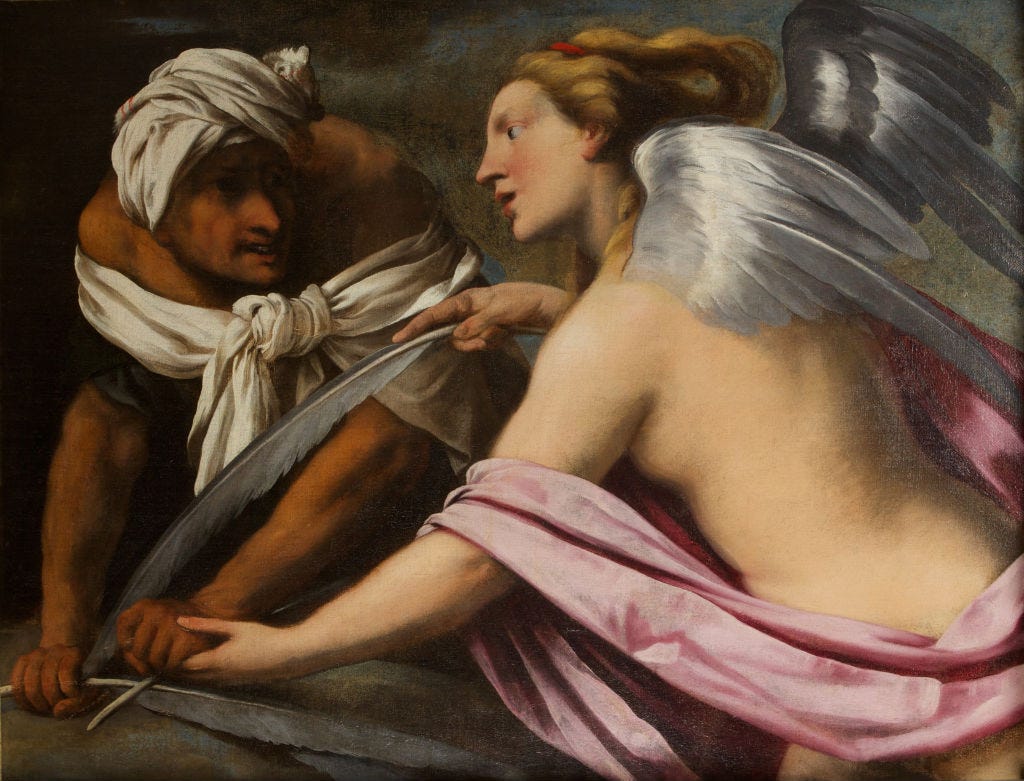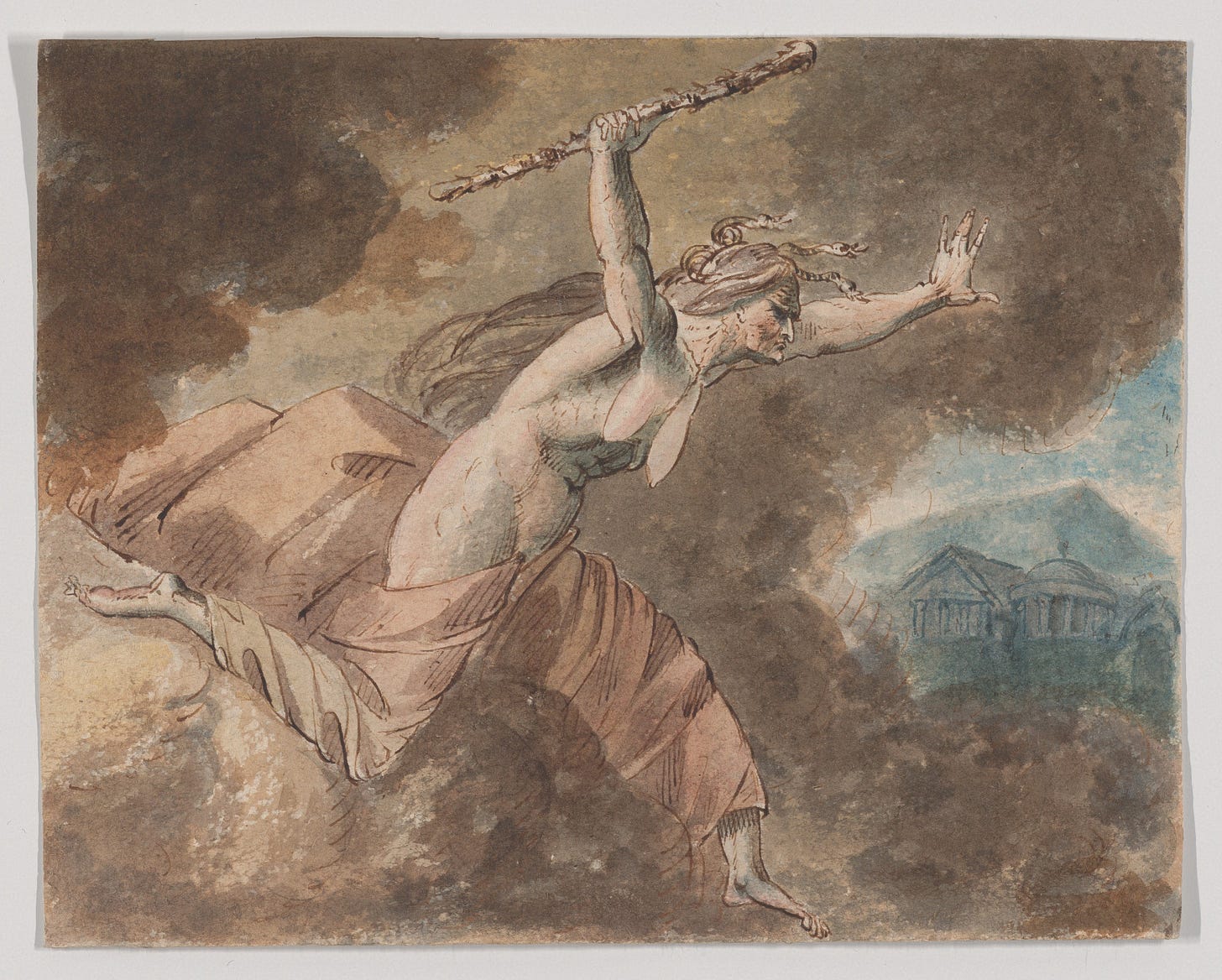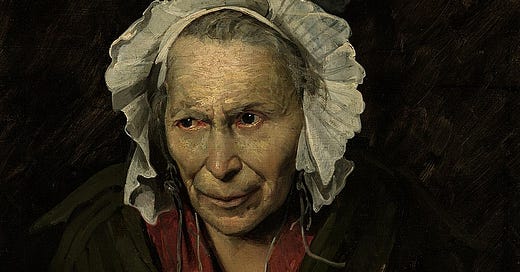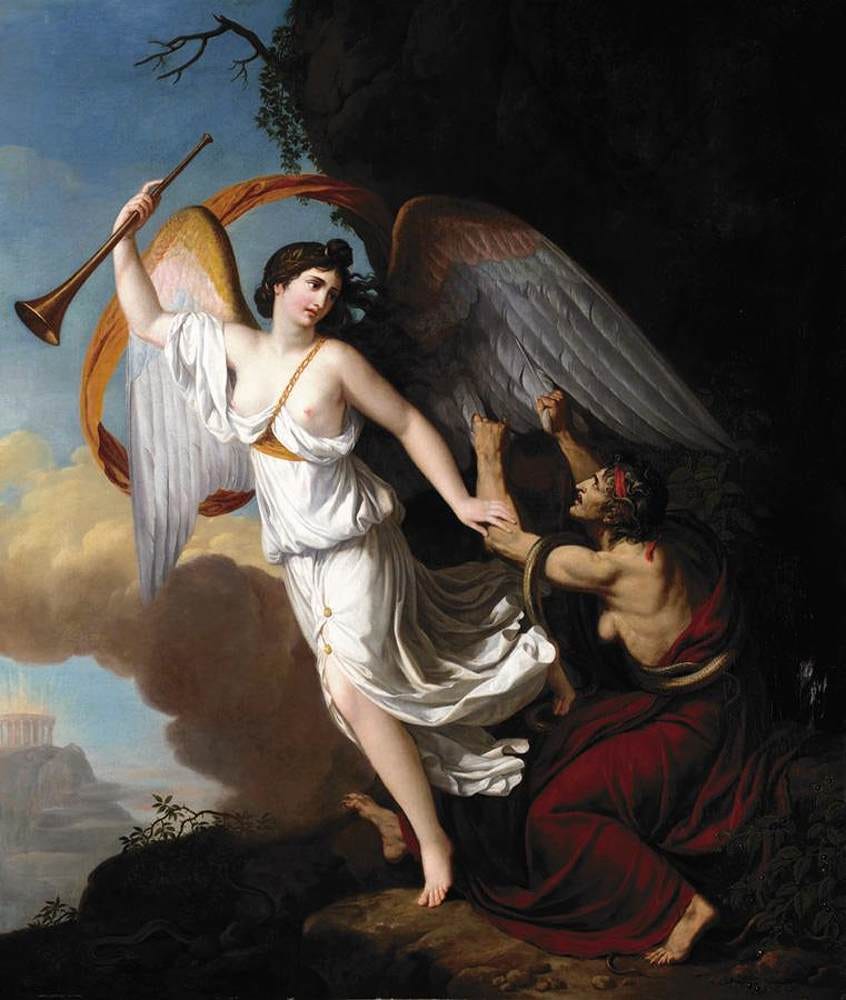The art of surviving an envy eruption
Dealing with a misplaced sense of that-should-be-me (when it really shouldn't)
What’s your poison? What’s the thing you always go back to, even though you know it does you wrong? I’m not talking about substances but the bad emotional habits that continue to plague you even when you’re sick to bloody death of them. Left to my own devices, I can find myself chugging self pity, bingeing on dishonesty and promising myself that I’m done with feeling resentful, then finding myself on an absolute dissatisfaction bender. As the internet-famous quotation goes, “resentment is like drinking poison and then hoping it will kill your enemies”.
Resentment, and its banishing, is a huge part of 12-step recovery. Step Four is where the would-be recoverer has to take a long, hard look at themselves to see which toxic traits are fuelling their radioactive resentment. “Made a searching and fearless moral inventory of ourselves” is how the official literature puts it - nine words that cover a multitude of actual sins. Who do you resent? What are you frightened of? The places, people and things that bother you are listed and examined. Why do you feel like this? Which areas of your life/psyche are jabbed when you think of it? And because of this, which of your defects of character (which include the original favourites lust, greed, sloth and jealousy) are causing you to react this way?
The idea is that by examining the minutiae of your mutinous thoughts you begin to see patterns of behaviour and recognise the venom that you are unconsciously mainlining. There’s plenty of further learning and affirmative action (this is only Step Four, after all) but already a perspective shift is hopefully starting to take place. However well one calls out the ways in which one is a Bad Dog, mind, these character defects will insist on popping up, like a game of emotional Whack-A-Mole. Knowing they’re likely to resurface helps you to not dive headfirst into old coping mechanisms - booze/drugs/food/shopping/gambling, delete as appropriate - but use healthier tools instead.
The repeat offender that’s been fuelling my resentment recently has been envy. Great grey-green, greasy envy. Wanting what someone else has, no matter whether they’ve worked for it (in this case, they have) and I haven’t (sadly true). The success of the person who I’m envying is not only well deserved but it is in a field in which I have never made the slightest effort to even open the gate. Plus, they are lovely in real life, clearly work hard and are absolutely not going about their lives wilfully trying to make me feel a bit shit about myself.
I find it somewhat cheering to remember that I’m far from unique in being caught in an envy eruption (rather than, say, a pity party). Because it is big, old, biblical stuff; no wonder envy’s emerald eyes glitter throughout Western art history. Often bundled up with its close relation jealousy*, envy is portrayed and personified in marble and on canvas, as well as infecting artists, I imagine, since someone first drew a really magnificent mammoth on a cave wall by flickering stone-lamp light.
In his frescoes of the Seven Vices and Seven Virtues, Giotto makes no bones about Envy (Invidia) being a thoroughly bad lot. She’s on fire, a snake spews forth from her mouth apparently poking her in the eyes and she has grotesquely large ears. Jealously clutching a bag, this is someone who is burning, blinded, greedy and ugly. She is a cautionary character in a rogue’s gallery.
I note, as I crest the waves of middle age, that envy is often represented as an older woman. Théodore Géricault’s Monomaniac of Envy, also known as Portrait of a Woman Suffering from Obsessive Envy, and Manic Envy, is another example of the sour-faced-trout trope. In this case, the painting isn’t an allegory but a likeness of a mentally ill patient in a Paris institution, one of a series of 10 paintings made of people being treated for “insanity”. Another of the painting’s monikers - The Hyena of Salpêtrière - gives the name of the mental hospital as well as bestowing a dehumanising nickname on its subject. Géricault’s sitter doesn’t meet our gaze, frowning into the distance with an air of - to me at least - weariness. Perhaps she was damn right to be envious given the circs. I wonder if she had any choice in being painted at such a low ebb.
In Envy plucking the Wings of Youth, by Pietro della Vecchia (1603-1678), our antiheroine is hunched and much older than the gleaming, winged Youth. No fluttering pink silk shawl is slipping from Envy’s shoulders as she extracts feathers to spoil Youth’s fun. She is swathed and turbanned in off-white, and seems to smirk as she grips a silvery fletch. I have a bit of a soft spot for this Envy, I have to say.

Another day, another painting of Envy ripping the wings off something. Here she’s once more pictured with dark skin but also has snaky hair, plus a meaty serpent accessorising her wine-dark robe. This time Fame is in the line of fire. Well, if you will blow your own trumpet…
It seems as though envy has been coded as female for a very long time. Reading about Envy in Ovid’s Metamorphoses we are given a vivid sense of Envy as a wicked - and terrifying - woman.
There within,
she saw that Envy was intent upon
a meal of viper flesh, the meat that fed
her vice. Minerva turned aside her eyes.
But Envy sluggishly rose from the ground,
leaving the half-chewed dregs of serpents’ flesh
and coming forward with her faltering steps.
And when she saw the splendid goddess dressed
in gleaming armor, Envy moaned: her face
Contracted as she sighed. That face is wan,
that body shriveled; and her gaze is not
direct; her teeth are filled with filth and rot;
her breast is green with gall, and poison coats
her tongue. She never smiles except when some
sad sight brings her delight; she is denied
sweet sleep, for she is too preoccupied,
forever vigilant; when men succeed,
she is displeased – success means her defeat.
she gnaws at others and at her own self—
her never-ending, self-inflicted hell.

Yikes. A never-ending, self-inflicted hell, you say? The preserve of bitter women looking upon their rivals and failing to keep their monstrous urges in check? Two thousand years before Instagram was invented? That puts my jealous funk into perspective.
***
To avoid a breast that’s green with gall, I need to deal with my misplaced sense of that-should-be-me and it’s-not-fair. What am I really feeling, and why? I’m feeling not good enough, and thus it’s easier to envy than to actually do. In ruminating, I’m safe from the reality of working hard at something scary and not smashing it. My envy also has an element of incredulity. How does this person do these things? How do they have the time? How do they manage the as-seen-on-Insta life that seems a galaxy, no, three, away from my own makeshift existence? Perhaps they don’t sleep very much. Perhaps - imagine! - they are made in a different way to me and don’t need quite so much sitting around. Perhaps I’ll never know, because my interpretation of their achievements, based on social media and newspaper articles, isn’t the entire sum of a life.
Resentment is poison, comparison is a thief and Instagram is an envy engine. If I saw only the highlights reel of my own life, I’d be wildly coveting what I already have. If someone else was doing it, I’d want to, too. So, to another tool of recovery - a gratitude list. I should be preoccupied with appreciating my own success, or better yet, helping other people succeed. And sending prayers/good vibes to those I ultimately admire, since my envy is so damn interested in them.
Quite a lot of recovery, and life in general, seems to boil down to a few simple things that I tend to forget. Eyes on your own work. Be kind to others. Don’t be a dick. If I could just remember those tenets and follow them to the letter, well, that would be something worth envying.
*Envy is when you want what someone else has, jealousy is when you're worried someone's trying to take what you have.








Good work! Your writing has made me realise something. If we, as women are told from birth that we have to be careful of other women- conditioning us to stay small, be wary etc etc then we are far easier to dominate and control. Your piece allows me to understand that this has been the story (his-story) for at least 2000 years. Jealousy and envy are something mainly talked about women and their behaviours. The paintings you have used to illustrate your article are excellent as 'warnings' for women and I wonder if there are any portrayals of this subject by women? Blimey I could go on, but I won't! Thank you for waking my mind up this morning and shaking it's contents around, I needed that!
Brilliant piece! So interesting that envy is associated with older women - I’d never clocked that. I feel like I get less envious as I get older, but it still spikes up sometimes, mostly over things I don’t truly want. It’s an odd emotion.